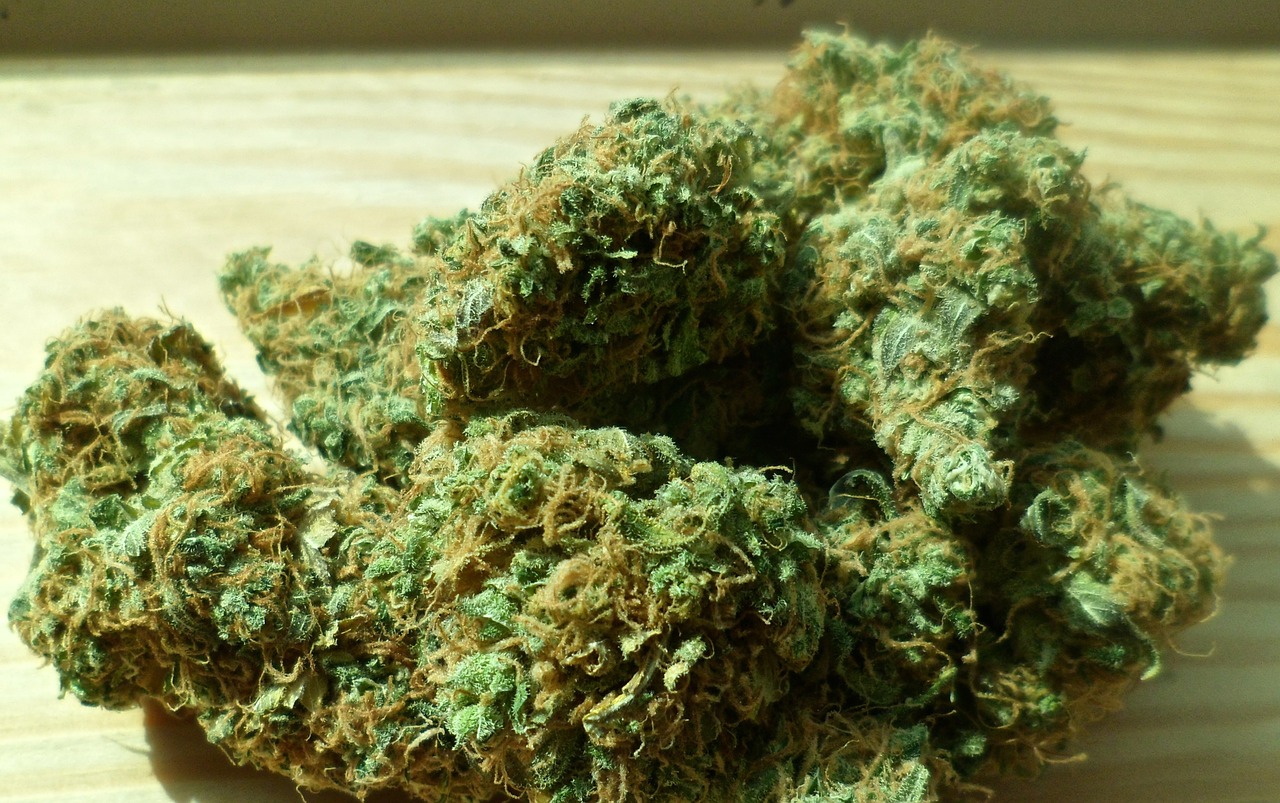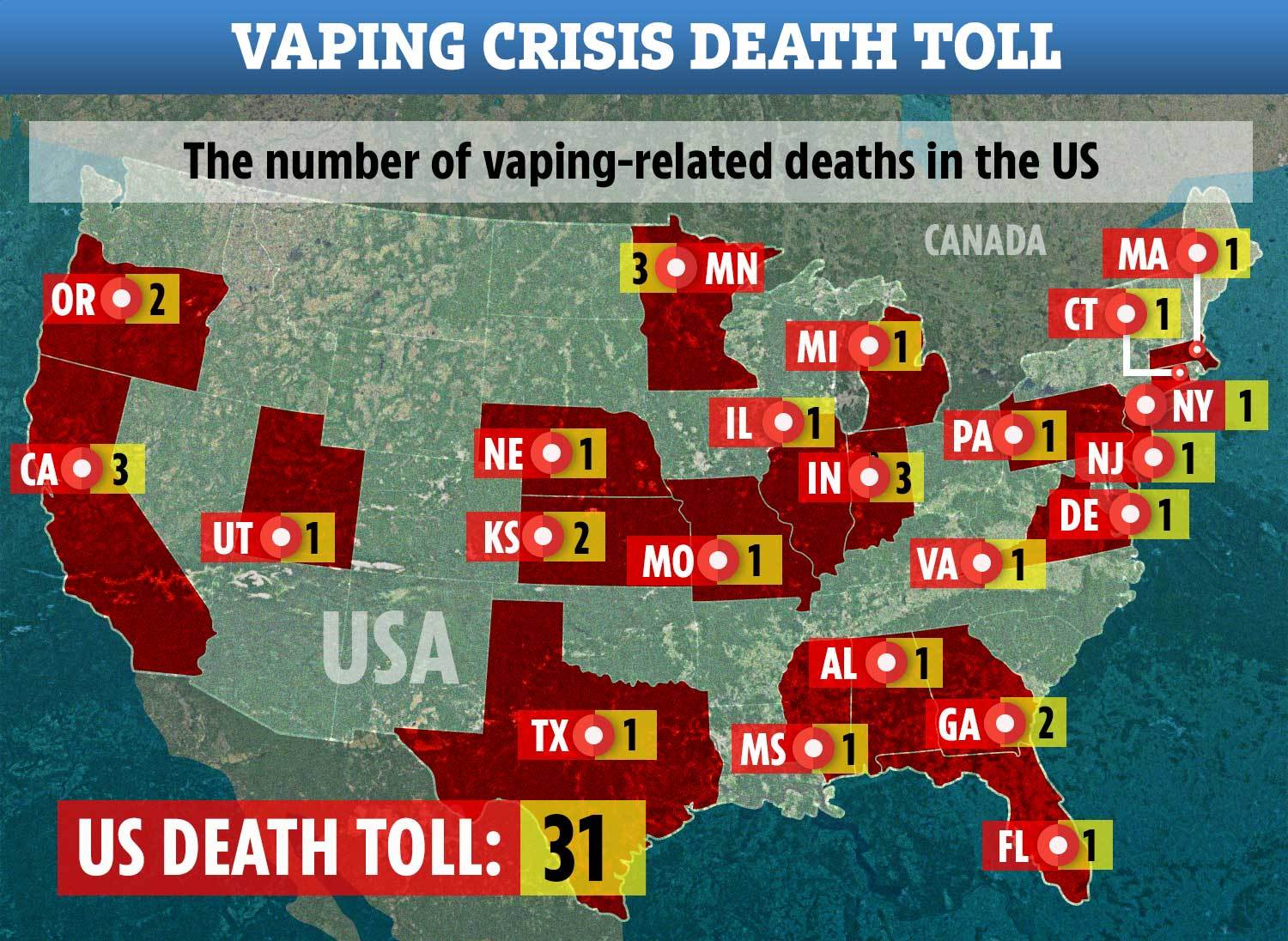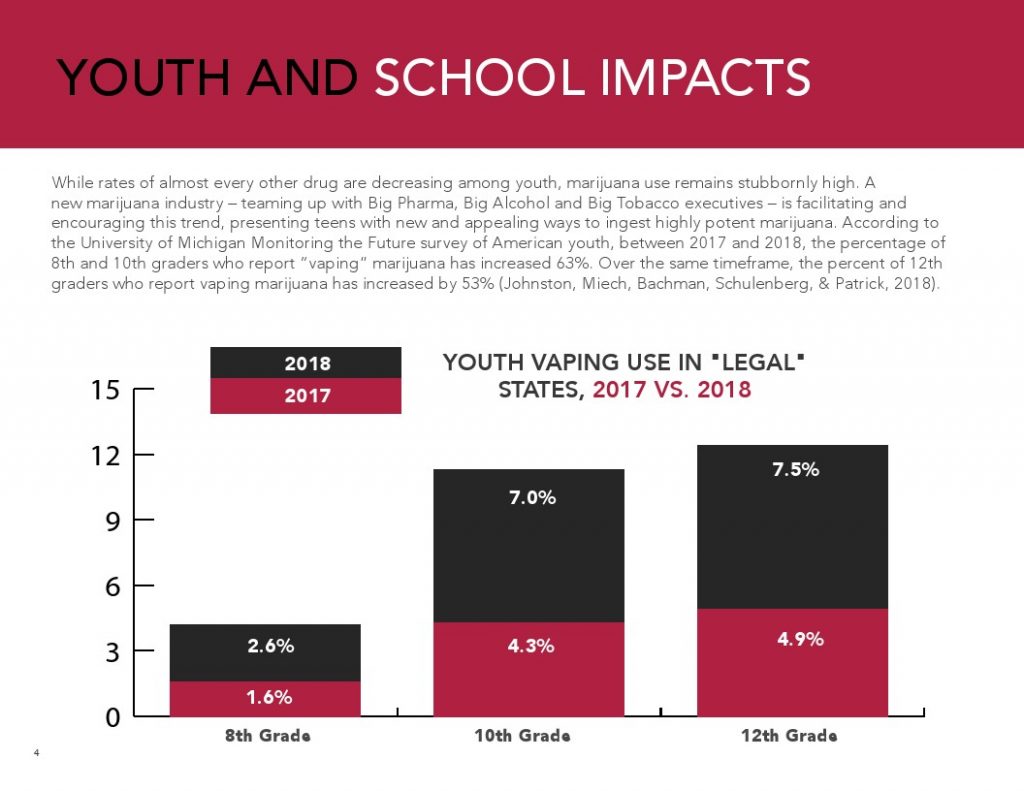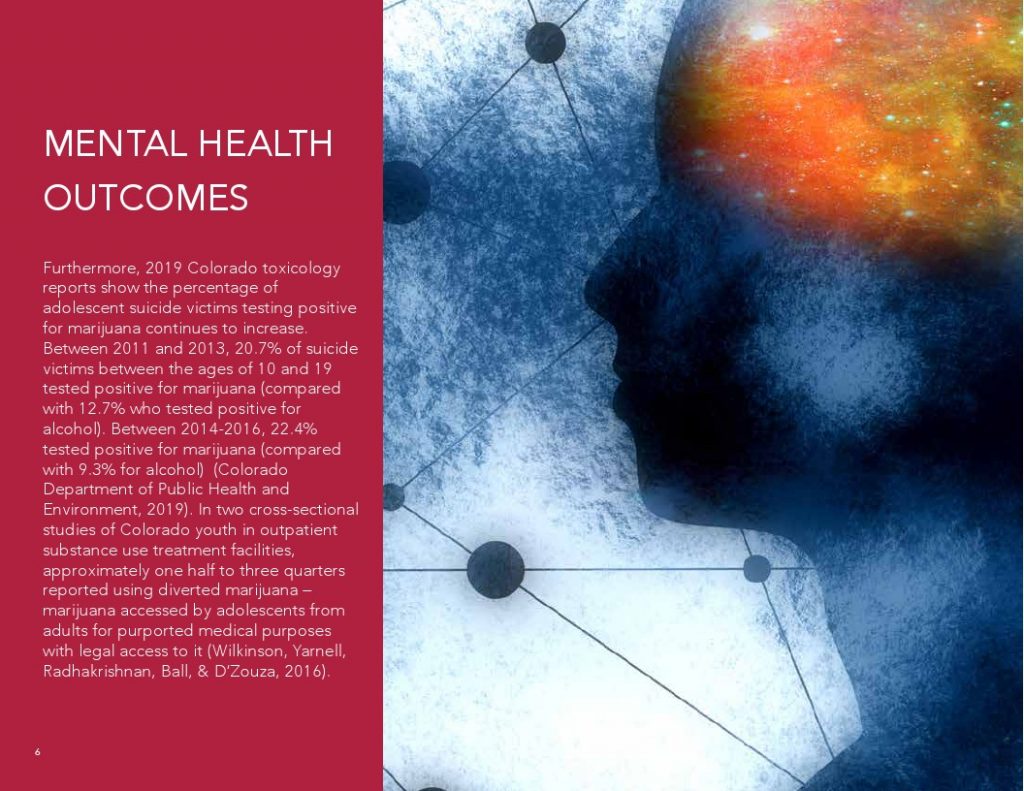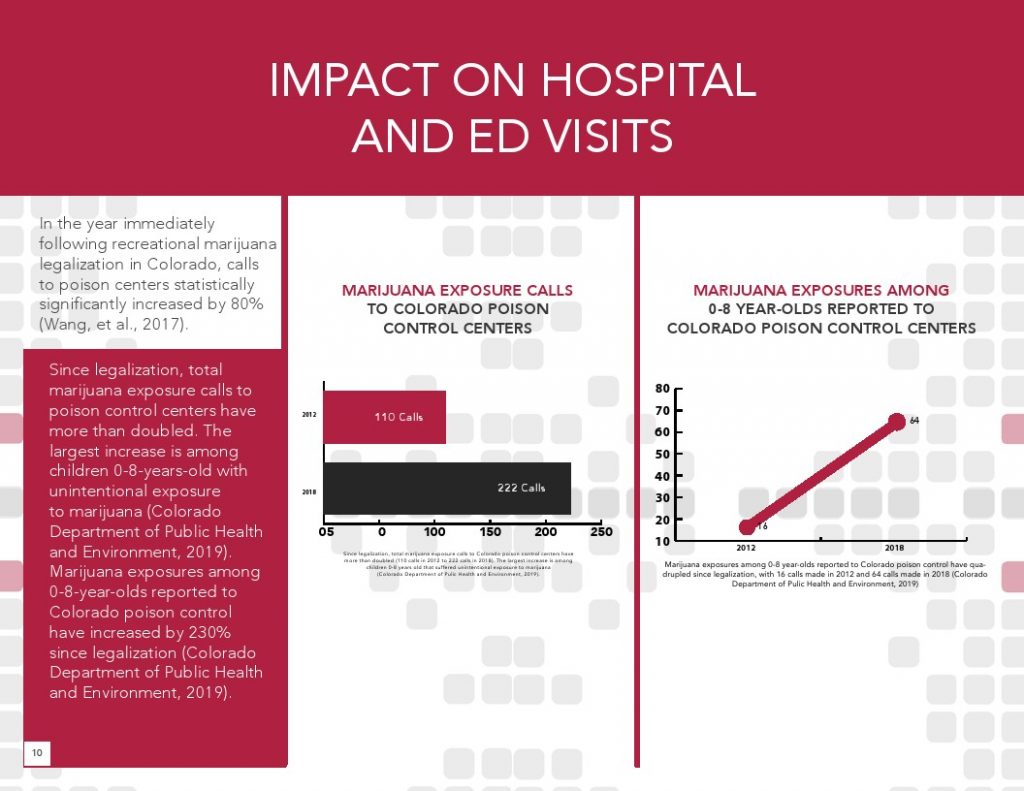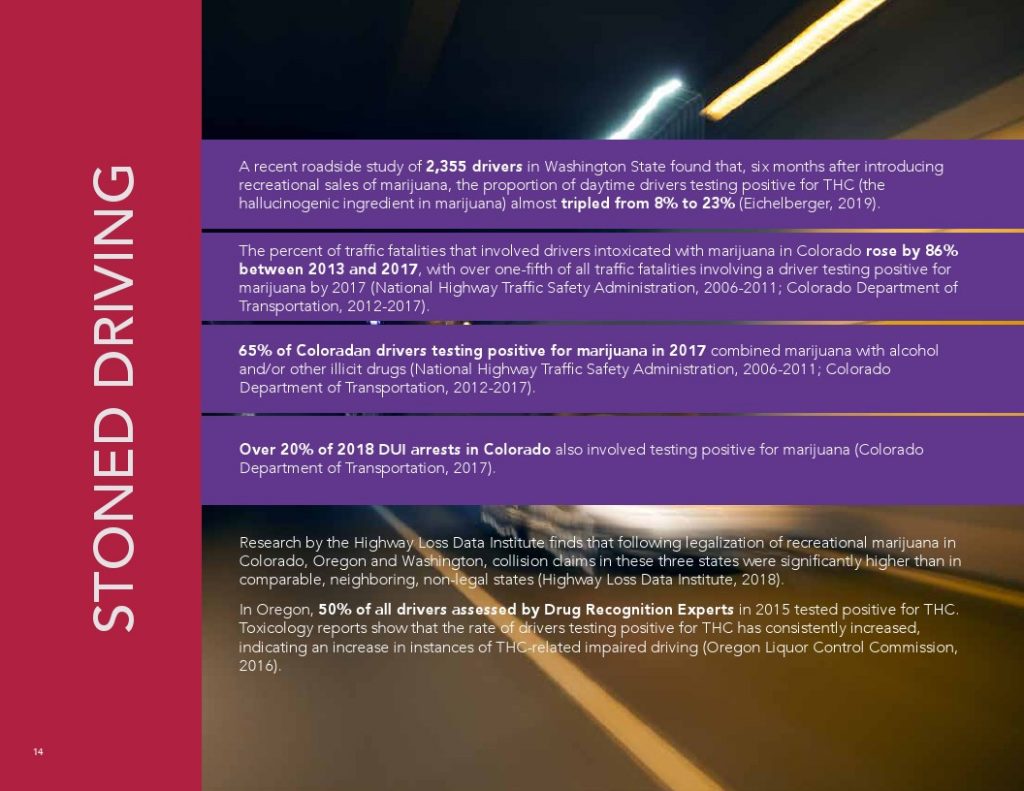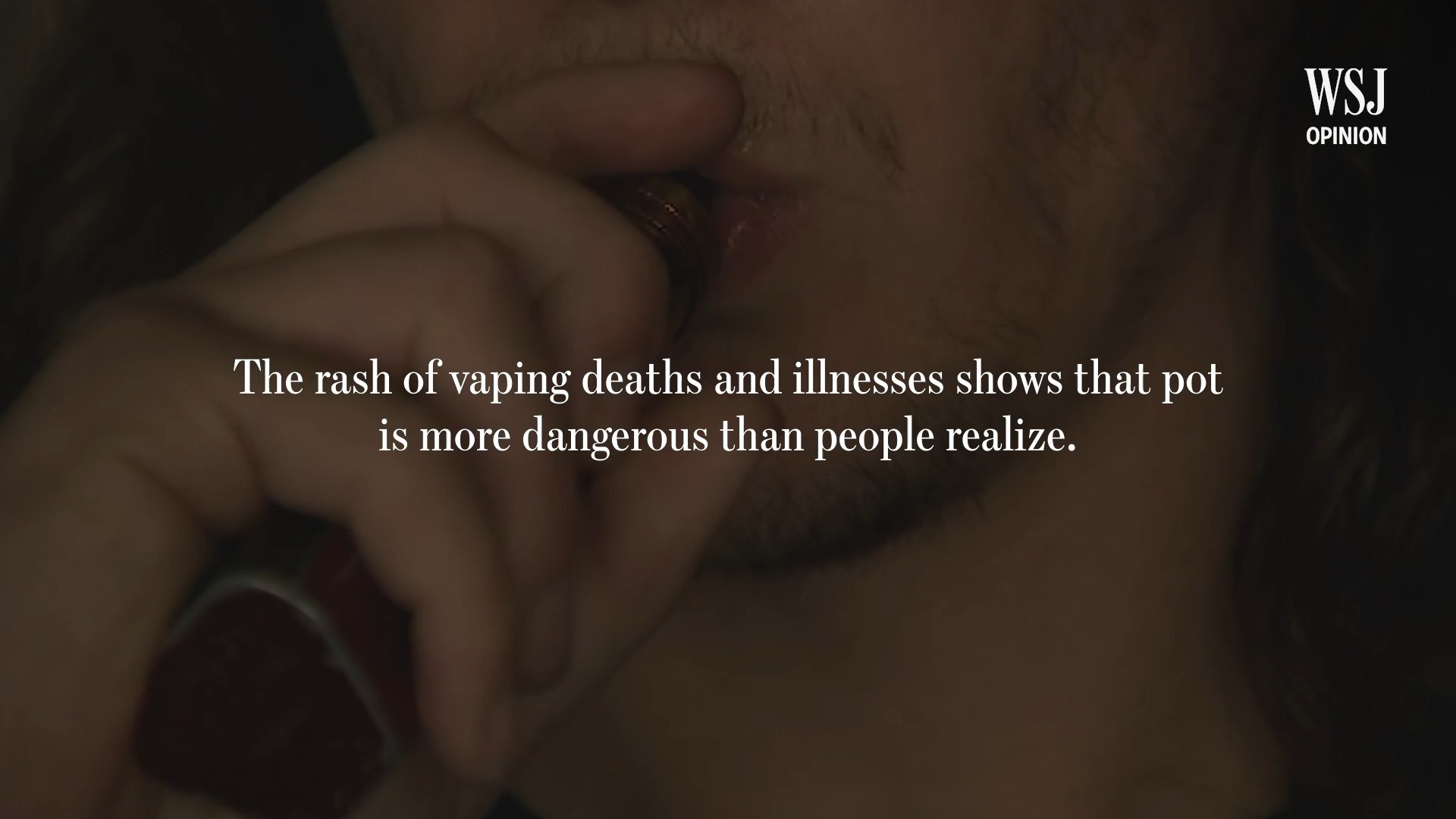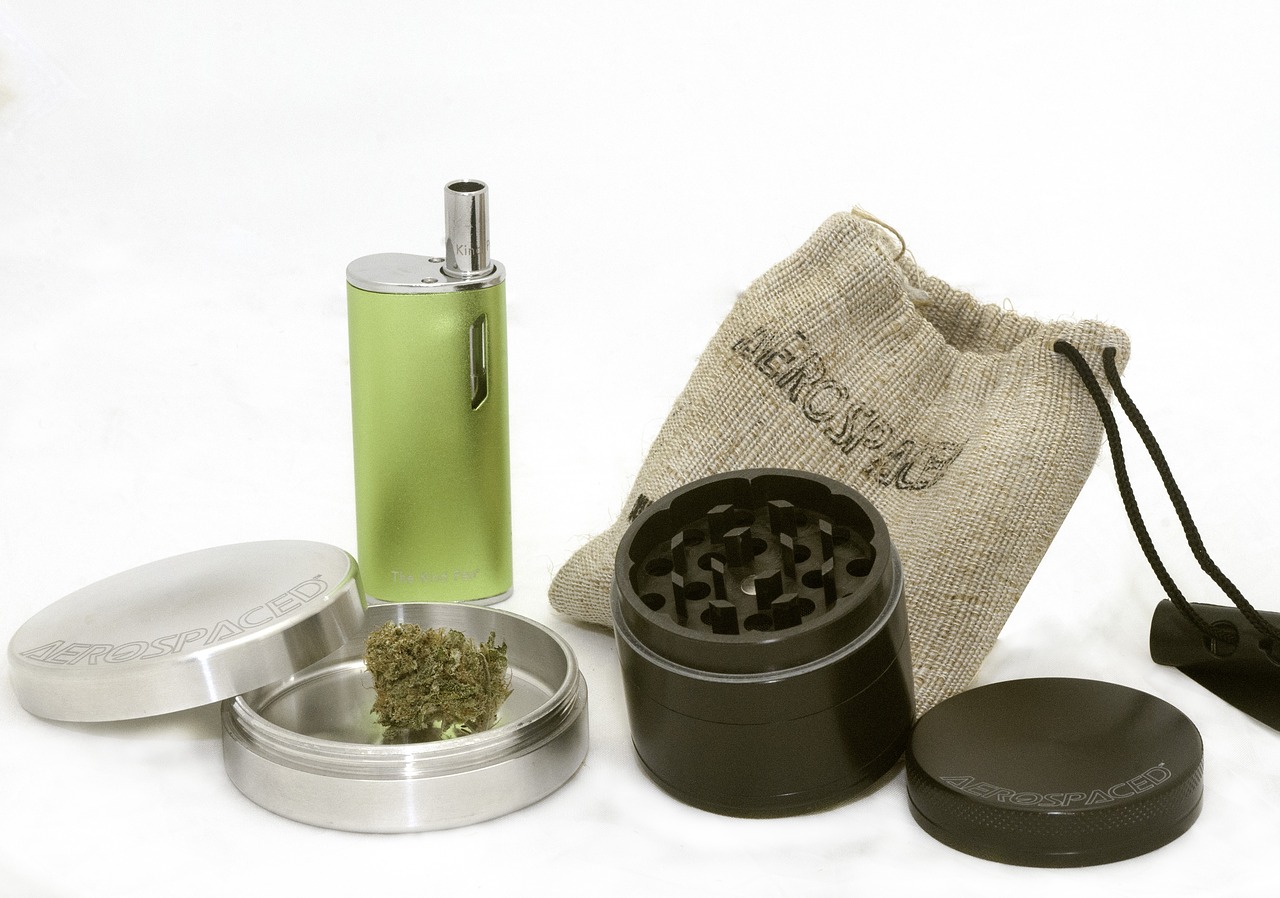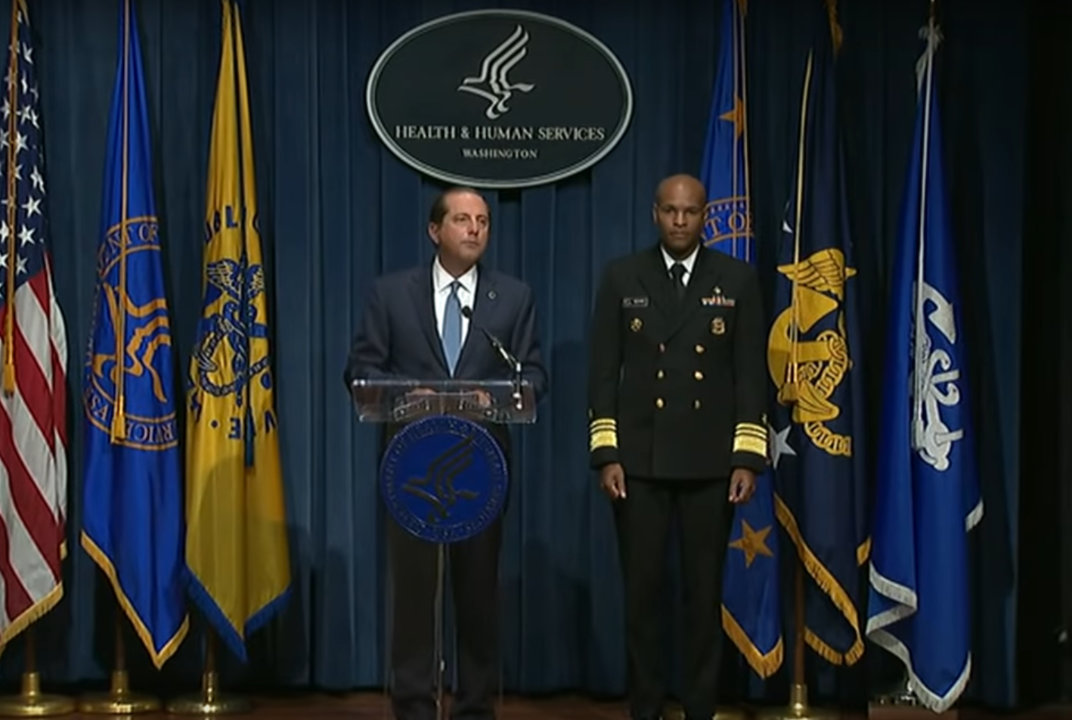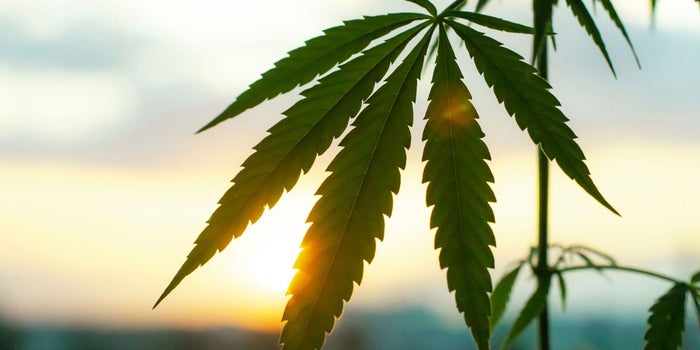By Colton Grace
• 86 percent of the cases of illness and at least 2 deaths in this marijuana vaping outbreak have been connected to THC oils.
• At a time when we are investigating the causes of this rash of deaths and illnesses connected to marijuana oils and vapes, all marijuana legalization efforts and THC vaping oil sales should pause.
• This is not a black-market issue, it is the result of allowing Big Marijuana – an addiction- for-profit drug industry backed by Big Tobacco and companies like Juul – to mass produce these oils and vapes, along with candies, gummies, and other dangerously potent forms of the drug.
• Big Tobacco, E-Cigarette and Vaping Companies and the Marijuana industry share many of the same investors. The industries are connected by billions in investments.
FAQs:
Is the Vaping Crisis a reason to legalize marijuana?
No. Many “licensed, regulated” pot shops are selling the vapes at the center of this crisis, such as a confirmed case in Delaware and a death in Oregon. This crisis is an indication that a legalized marijuana industry will be just as difficult to regulate and as detrimental to public health as the tobacco industry (which is now invested in marijuana). All legalization efforts should pause given this crisis only 6 years into recreational legalization in Colorado and Washington State.
What’s more, researchers are still quite unclear as to the culprit responsible for the illness and death. The only unifying factor in the majority of cases is the presence of THC, the psychoactive chemical in marijuana. As such, no amount of “regulation” or “testing” can guarantee these devices are safe to use. The CDC and the FDA seem to agree, as they have urged Americans to avoid using any marijuana vaping device
Is the vaping crisis exclusively a black-market problem?
No. The CDC and FDA are asking the public to stop using all THC vapes, whether from the black market or “licensed” pot shops. Many “licensed, regulated” pot shops are selling the vapes at the center of this crisis, such as a confirmed case in Delaware and a death in Oregon. A recent study out of Colorado found that in cheap marijuana vaping devices, a soldering material may leak harmful heavy metals into vaping liquids when heated. This backs up a recent study by the Mayo Clinic finding several lung tissue samples from victims of the illness feature what resemble chemical burns, similar to the effects of mustard gas.
Logically, cheap vaping devices make greater targets for diversion to the black market, given the possibility of a greater profit margin. We have long known that the legal market fuels the illegal market and it was recently discovered that a marijuana vaping device producer in Californiawas supplying devices that couldn’t pass inspections to the black market.
Facts:
• At least 37 people have died from severe respiratory complications associated with vaping. At least 1,888 cases have been reported across the United States.i
• 84 percent of the deaths investigated have been associated with THC.ii
• Two of the deaths have been connected to marijuana products, one of which was associated with marijuana oil purchased at a legal dispensary in Oregon.iii No other states have released information about the kinds of vapes that were linked to the deaths.
• Reports link marijuana vapes to 86 percent of the lung illnesses being reported in the wake of the vaping epidemic.iv
• Though the marijuana industry blames illicit vaporizers exclusively for using Vitamin E acetate, one source working within the industry, Andrew Jones of Mr. Extractor, has said that 60 to 70 percent of all vapes contain Vitamin E acetate. Even still, no health official has pointed to any individual cause.v
• New York state has issued subpoenas to several vape companies as the investigation mounts.vi
• Medical marijuana users in Maryland have reported symptoms consistent with the lung illnesses resulting from vaping.vii
• According to the CDC, 36 percent of the victims of the vaping-related illnesses are 20 years old or younger.viii
• A recent study showed adolescents who vaped were 3.5 times as likely to smoke marijuana.ix
• Since Monitoring the Future (MTF) first began recording vaping trends among young people in 2017, the survey has demonstrated significant increases among key demographics. In 2017, 1.6 percent of 8th graders, 4.3 percent of 10th graders, and 4.9 percent of 12th graders reported past-month marijuana vaping use. In 2018 the numbers increased to 2.6 percent, 7 percent, and 7.5 percent respectively.x
• The MTF notes that “the doubling from 5.2% in 2017 to 10.9% in 2018 of 30-day prevalence of vaping marijuana among college students is among the largest one-year proportion increases for any substance” in 40 years.xi
• In Arizona, a survey of 50,000 10th and 12th graders found that one quarter (25%) of teens were using has used highly potent marijuana concentrates at least once.
PDF version of this article: https://learnaboutsam.org/wp-content/uploads/2019/10/11-01TP.pdf
References:
https://www.cdc.gov/media/releases/2019/p1028-first-analysis-lung-injury-deaths.html
https://www.cdc.gov/tobacco/basic_information/e-cigarettes/severe-lung-disease.html
https://www.usatoday.com/story/news/health/2019/09/05/vaping-death-oregon-man-dies-thc-vape-%20dispensary/2218501001/
https://www.nejm.org/doi/full/10.1056/NEJMoa1911614
https://www.inverse.com/article/59207-vitamin-e-acetate-thc-vapes
https://jamanetwork.com/journals/jamapediatrics/article-abstract/2748383
http://www.monitoringthefuture.org//pubs/monographs/mtf-vol2_2018.pdf
https://www.livescience.com/marijuana-concentrates-teen-use.html

